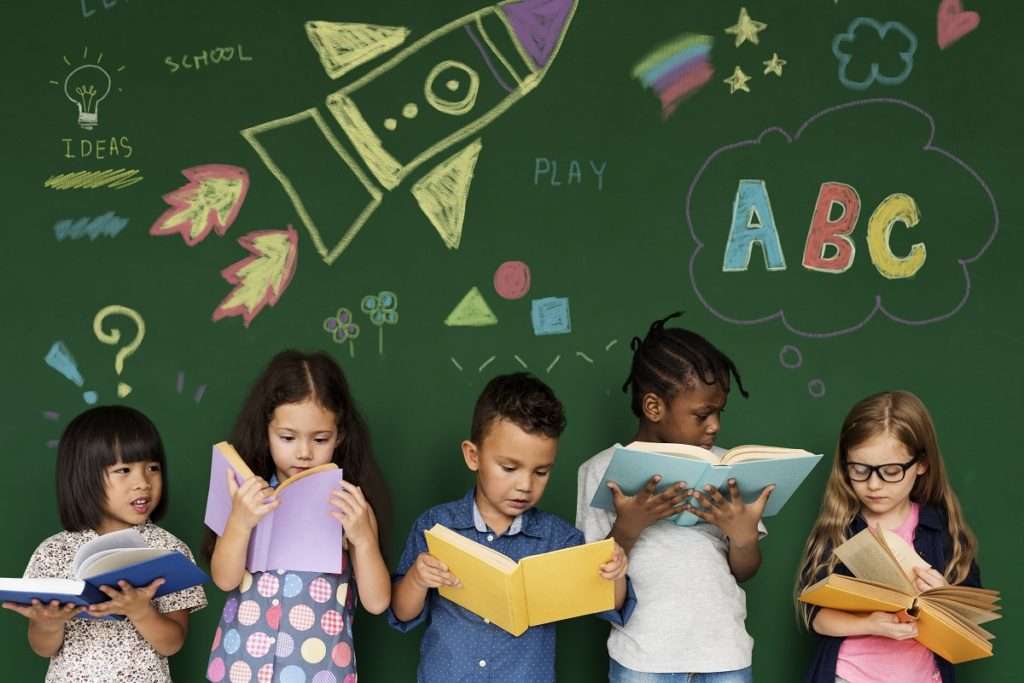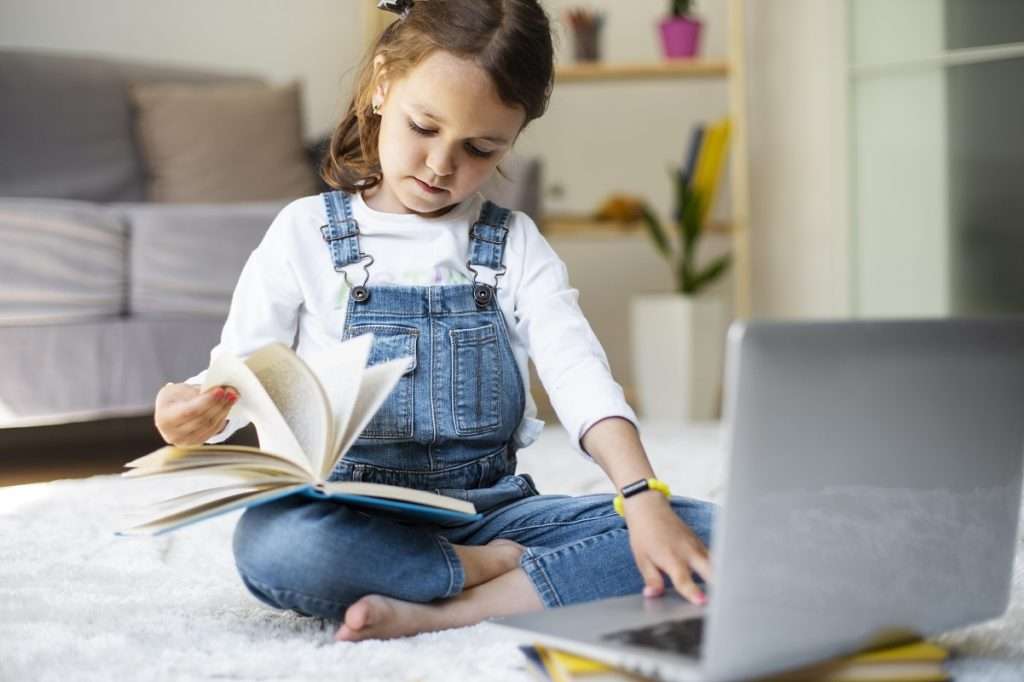In this digital age, children are often referred to as digital natives—individuals who have grown up surrounded by technology. While devices like tablets and smartphones are integral to their daily lives, the importance of physical books cannot be overstated.
As screen time continues to rise, finding a balance between time spent on devices and time spent with physical books is essential for healthy cognitive, social, and emotional development.
This blog explores the benefits of reading physical books, the challenges of excessive screen time, and strategies to encourage a balanced approach to both.
The Benefits of Physical Books
i. Enhanced Cognitive Development
Physical books play a vital role in a child’s cognitive growth. When reading physical books, children engage in deep, focused learning, which helps them develop critical thinking and comprehension skills.
Studies have shown that children who read physical books tend to have better memory retention, vocabulary development, and overall academic performance compared to those who read exclusively on screens.
ii. Social-Emotional Benefits
Reading physical books fosters empathy and emotional intelligence. When children read stories, they put themselves in the characters’ shoes, which helps them understand different perspectives and emotions.
Additionally, the time spent reading with a parent or teacher promotes bonding, which supports a child’s emotional well-being.
iii. Sensory Stimulation
Physical books offer a tactile experience that digital devices cannot replicate.
Turning pages, feeling the paper’s texture, and even the smell of books stimulate a child’s senses, enhancing their engagement with the content.
This sensory interaction helps children connect with stories on a deeper level, reinforcing the joy of reading.
3. The Challenges of Excessive Screen Time
i. Negative Impact on Physical Health
Excessive screen time can have detrimental effects on a child’s physical health. Long periods spent in front of screens can lead to eye strain, headaches, and disrupted sleep patterns.
Moreover, sedentary behavior associated with screen use can contribute to obesity and other related health issues.
ii. Cognitive Effects
While digital devices can be educational, overexposure to screens can impair cognitive development.
Research shows that excessive screen time may reduce attention spans, limit problem-solving abilities, and hinder the development of imagination, as children passively consume content rather than engaging in active learning through physical books.
iii. Social-Emotional Consequences
Too much screen time can also have social-emotional consequences. Children who spend a large portion of their day on devices may become more isolated and have difficulty developing strong interpersonal skills.
Screen addiction can also lead to irritability, anxiety, and difficulty managing emotions in social settings.
4. Strategies for Balancing Screen Time with Physical Book Reading
i. Setting Limits
One of the most effective ways to balance screen time with reading physical books is to establish clear boundaries.
Setting daily limits on screen use encourages children to prioritize time for reading. This structured approach helps prevent over-reliance on digital devices while promoting healthier habits.
ii. Making Reading Enjoyable
Parents and educators can foster a love of reading by making it fun.
This might include creating a cozy reading nook, offering a variety of engaging books, or incorporating interactive reading sessions where children can discuss stories and characters.
The Power of Picture Books: Visual Learning for Early Readers
The more enjoyable the experience, the more likely children will choose books over screens.
iii. Modeling Good Reading Habits
Children often imitate the behavior of adults.
By demonstrating a personal love for reading, parents can encourage their children to adopt similar habits. Whether it’s reading a physical book at bedtime or setting aside family reading time, modeling good habits can reinforce the value of books.
iv. Leveraging Technology for Reading
Technology can also play a positive role in encouraging reading. Parents can introduce e-books or audiobooks to complement physical reading material, especially for reluctant readers.
Apps that promote literacy through gamified reading challenges or interactive storytelling can make reading appealing without fully relying on traditional screens.
5. The Role of Schools and Libraries
i. Promoting Literacy
Schools and libraries play a crucial role in promoting literacy. By encouraging students to check out books regularly and organizing reading programs, these institutions can help create a culture of reading.
Schools can incorporate dedicated reading times in their curriculum to ensure that children experience the joys of physical books in a structured environment.
ii. Educating Parents
Schools and libraries can also educate parents about the importance of balancing screen time with reading.
Workshops and seminars on the negative effects of excessive screen use and the cognitive benefits of physical books can help parents make informed decisions about their children’s screen and reading habits.
iii. Advocating for Reading
Libraries often host events like book clubs, storytime sessions, and author visits, which foster a sense of community and highlight the importance of reading.
These initiatives not only advocate for reading but also create opportunities for children to develop a lifelong love for books.
6. Conclusion
Balancing screen time with physical book reading is essential for the healthy development of digital natives. While technology offers numerous advantages, it is vital to ensure that children continue to engage with physical books for their cognitive, social, and emotional growth.
By setting limits, encouraging enjoyable reading habits, and leveraging both physical and digital reading resources, parents and educators can help children maintain a balanced relationship with technology and literature.


